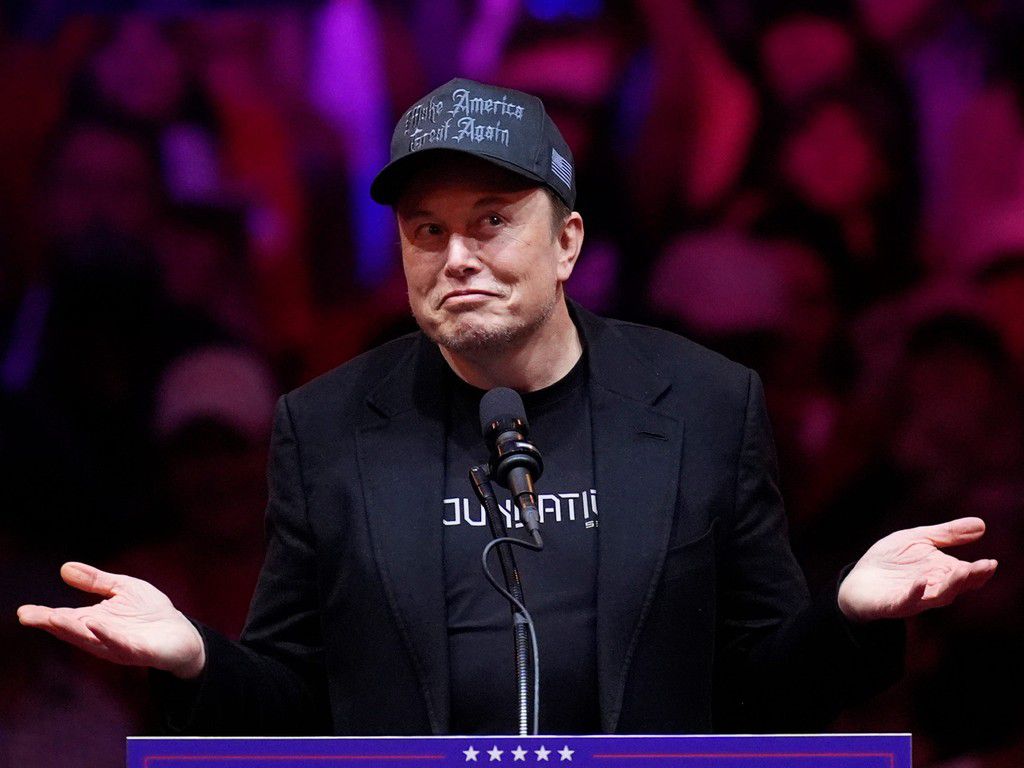Trump shuts down Department of Government Efficiency (DOGE): All we know
)
The Department of Government Efficiency (DOGE), the cost-cutting US federal initiative led by tech billionaire Elon Musk, has been disbanded eight months ahead of its scheduled conclusion.
While the lights have been turned off in DC, the shockwaves of its aggressive policies are still being felt in Nairobi.
The shutdown: What happened?
As of November 24, 2025, DOGE is no longer a functional centralised entity.
Scott Kupor, Director of the US Office of Personnel Management (OPM), stated that the department 'doesn’t exist.'
)
Operations wound down largely in mid-November 2025, significantly earlier than the original mandate which was set to expire on July 4, 2026.
Its functions have now been absorbed by the OPM.
Additionally, a spin-off entity known as the 'National Design Studio,' led by Airbnb co-founder Joe Gebbia, has taken over specific tasks regarding government website modernisation.
Why was it shut down?
The administration maintains that DOGE was intended as temporary 'shock therapy' for the federal bureaucracy.
)
However, two critical factors accelerated its dissolution.
First was redundancy.
By late 2025, the administration deemed the initial phase of mass layoffs and budget cuts complete, leaving the OPM to manage residual structural changes.
Second was the Musk-Trump rift.
The political capital required to sustain Musk’s aggressive cuts evaporated following a public falling out between President Donald Trump and the Tesla CEO earlier this year.
Unseen context: The Musk-Trump relationship
The dynamic between President Donald Trump and Elon Musk, the unseen engine behind DOGE, shifted dramatically throughout 2025.

Following Trump’s inauguration in January, the two enjoyed a honeymoon period where Musk was appointed as a 'special government employee'.
They were frequently seen together at the White House as Musk initiated aggressive audits of federal agencies.
)
However, this relationship fractured between May and June over the 'One Big Beautiful Bill,' a massive spending package proposed by Trump.
Musk, a fiscal hawk, publicly criticised the bill as an 'abomination' that would deepen the US deficit.
The fallout was swift, with Trump reportedly threatening Musk’s government contracts for SpaceX.
)
Consequently, Musk formally left his role at DOGE on May 30, 2025.
As of November, while the close personal alliance has effectively ended, a détente remains.
Musk was seen at a White House dinner for the Saudi Crown Prince in mid-November, suggesting a return to a transactional business relationship rather than a political partnership.
The numbers DOGE saved
Despite its premature end, the department left a significant mark on the US government structure and global aid.
Claimed savings: DOGE reports indicate approximately USD214 billion (Sh27.6 trillion) in federal savings. Independent analysts argue this figure includes cancelled contracts that may face legal challenges.
Job cuts: Over 200,000 US federal workers were laid off or accepted buyouts between February and May 2025.
Target missed: Musk’s original goal was to cut USD1 trillion (Sh129 trillion) from the federal budget. He admitted in May that this target was not met due to internal resistance.
The impact of DOGE's squeeze, felt in Kenya
The directive to cut USAID funding resulted in an immediate freeze on foreign aid that disproportionately hit Kenya.
Of the major USAID-funded programs in Kenya, dozens were defunded or paused between February and May 2025.
This led to the closure of clinics and the loss of healthcare jobs.
The President’s Emergency Plan for AIDS Relief (PEPFAR) also faced disruptions, with prevention programs for vulnerable groups ending abruptly in July 2025.
Furthermore, the local startup ecosystem faced a squeeze.
USAID has historically been a key investor in Kenya’s innovation sector.
The sudden withdrawal left a funding shortfall of over Sh12.9 billion (USD100 million), causing the local startup economy to shrink significantly this year.
)
)
)
)
)
)
)
)
)
)